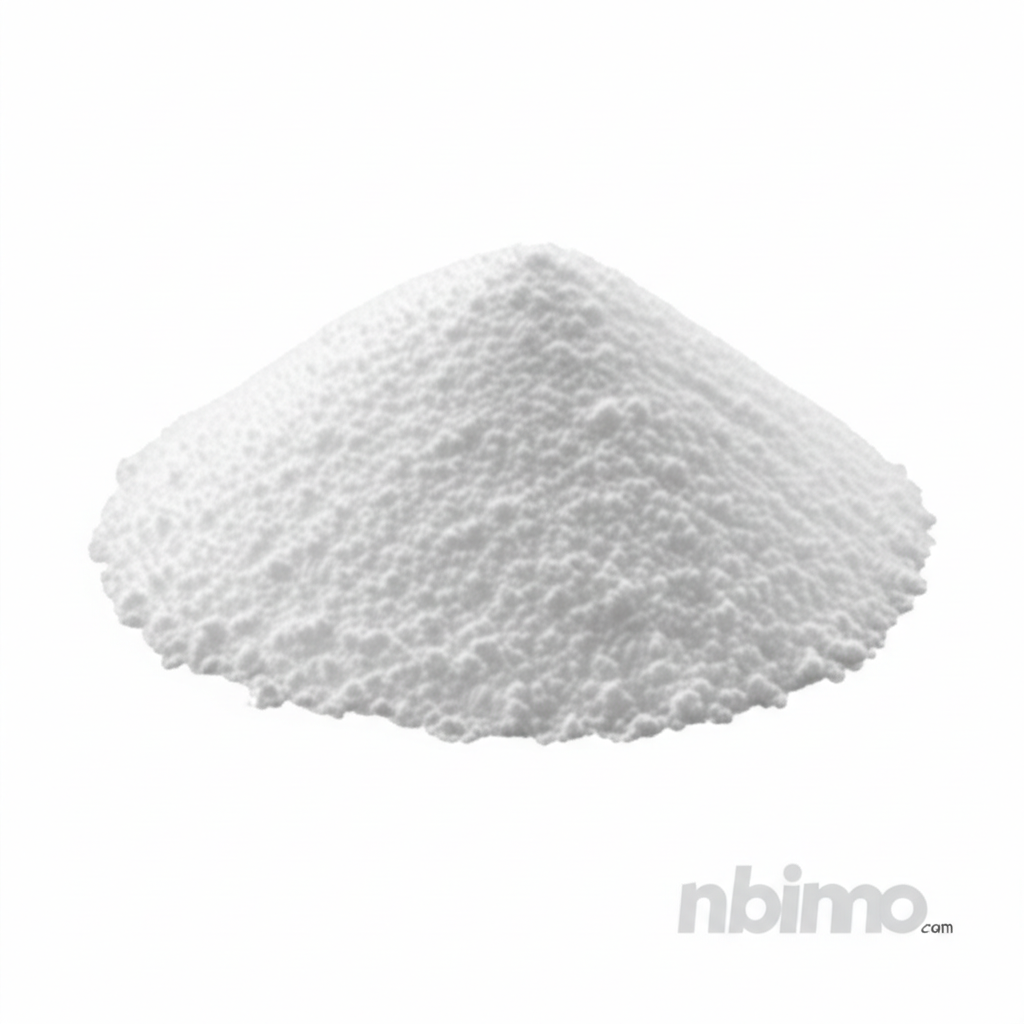Understanding 2-(Chloromethyl)pyrazine: A Versatile Pharmaceutical Intermediate and Building Block
Explore the chemical properties, applications, and research potential of this vital heterocyclic compound.
Get a Quote & SampleProduct Core Value

2-(Chloromethyl)pyrazine
This compound stands as a crucial pharmaceutical intermediate, valued for its reactive chloromethyl group and the versatile pyrazine core. Its applications span organic synthesis, medicinal chemistry, and materials science, making it an indispensable tool for researchers developing new drugs and advanced materials. We explore its synthesis, chemical reactions, and biological implications.
- The synthesis of 2-(Chloromethyl)pyrazine typically involves chloromethylation of pyrazine derivatives, serving as a key building block for novel compound synthesis.
- Research indicates that derivatives of pyrazine compounds, including this compound, exhibit notable antibacterial properties against organisms like Staphylococcus aureus and Escherichia coli.
- The antitumor potential of pyrazine derivatives has been demonstrated, with compounds showing significant antiproliferative activities against various cancer cell lines, highlighting their utility in cancer therapy.
- In material science, pyrazine derivatives are utilized in the development of luminescent materials and organic semiconductors due to their unique electronic properties.
Advantages Offered
Synthetic Versatility
Leverage the reactive chloromethyl group for diverse nucleophilic substitution reactions, enabling the creation of a wide array of functionalized pyrazines.
Medicinal Chemistry Potential
Serve as a fundamental building block for designing bioactive molecules with potential anticancer and antibacterial activities, aiding in drug discovery efforts.
Materials Science Applications
Contribute to the development of advanced materials, including luminescent substances and organic semiconductors, by utilizing the pyrazine core's unique electronic properties.
Key Applications
Organic Synthesis
Used as a precursor for synthesizing complex pyrazine derivatives, facilitating the introduction of various functional groups through chemical reactions.
Medicinal Chemistry
A key building block for developing potential pharmaceutical agents, particularly those exhibiting anticancer and antibacterial properties.
Materials Science
Incorporated into specialized materials like luminescent compounds and organic semiconductors due to its electron-deficient aromatic system.
Research and Development
An essential tool for academic and industrial research, enabling studies into reaction mechanisms and the discovery of new chemical entities.
Related Technical Articles & Resources
Why Choose Us?
Leverage our expertise and state-of-the-art infrastructure to accelerate your journey from discovery to commercial success.
Global Experience
With 20 years of R&D, manufacturing, and sales experience, we proudly serve clients across 60 countries and regions worldwide.
Advanced Facilities
Our in-house R&D laboratory, pilot platform, and large-scale production workshop are equipped to meet the audit requirements of global customers.
Seamless Scalability
We facilitate a perfect transition from small-scale lab requirements (grams) to full commercialization (hundreds of tons).
